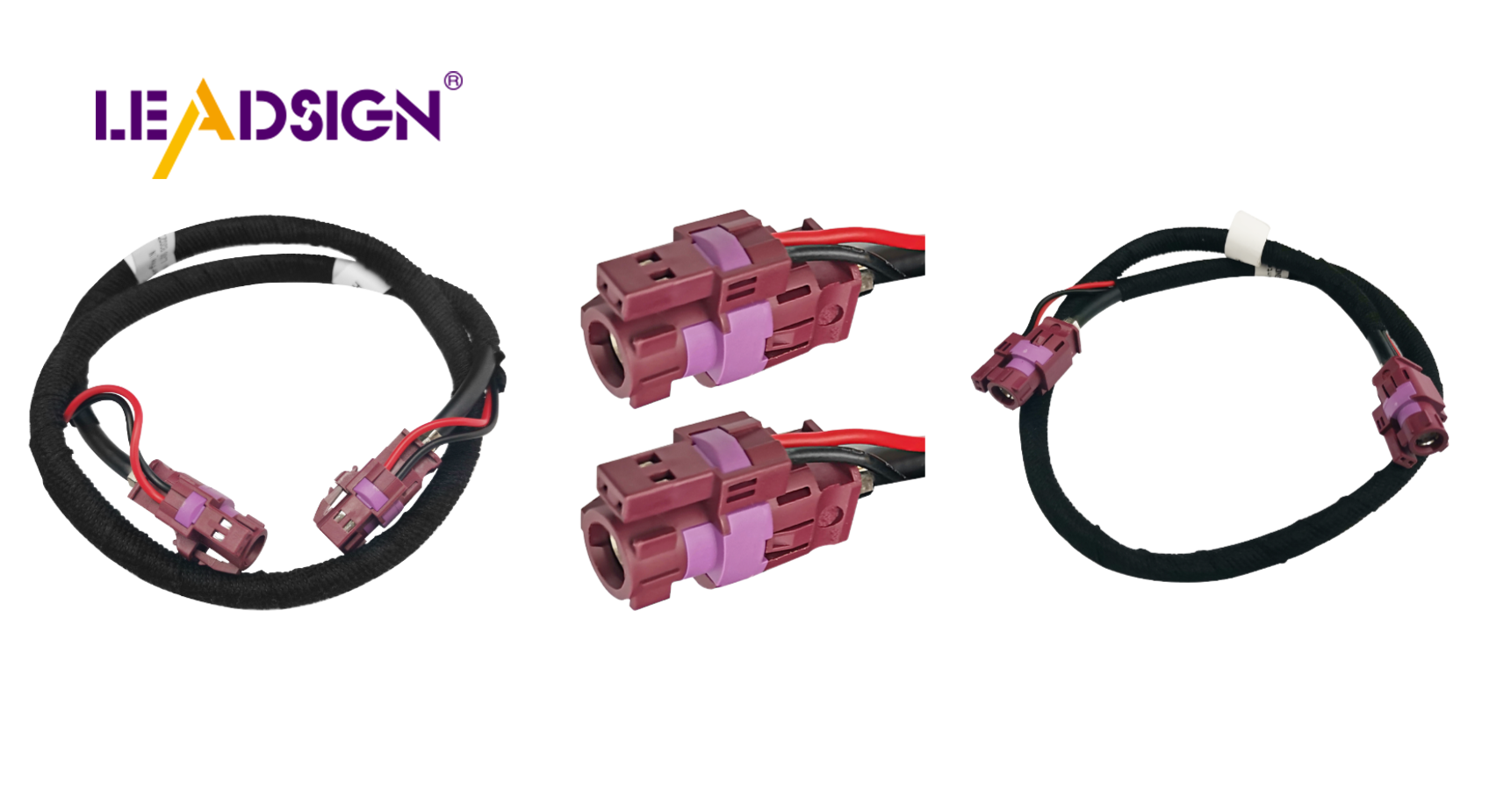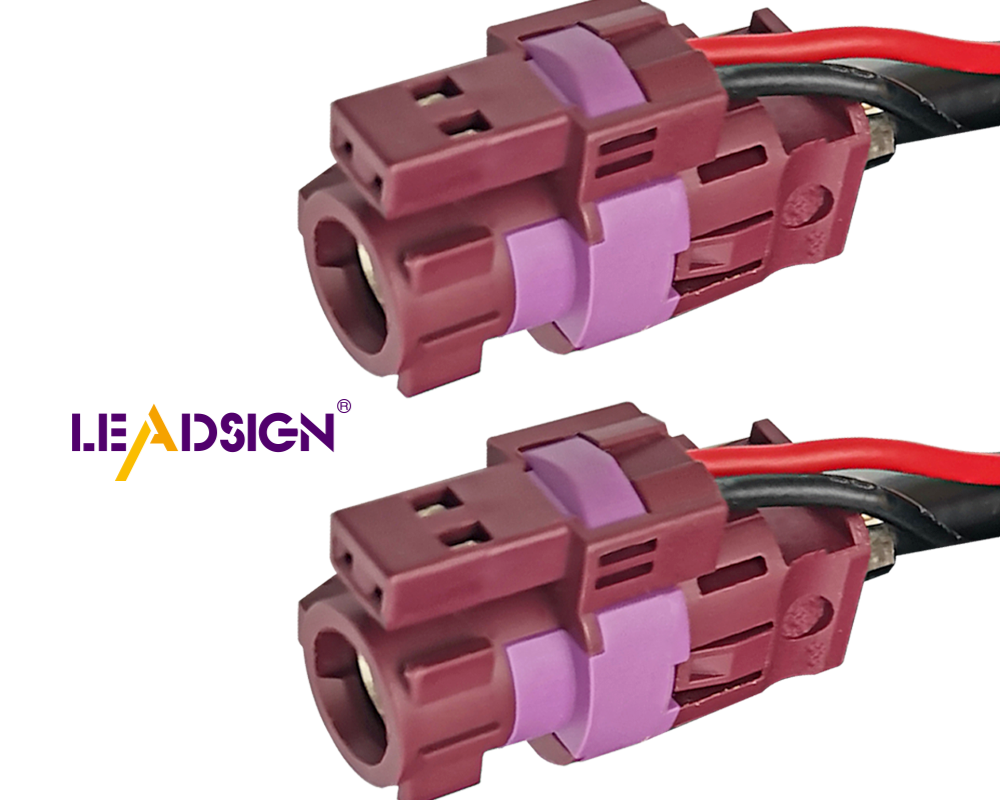Auto Wire Integration: Steps for Infotainment Success

Automotive wire integration is crucial in modern vehicles. Automotive wires connect various components to ensure seamless operation. The global market for automotive entertainment systems is projected to reach $42.7 billion by 2025, indicating a growing demand for enhanced comfort and entertainment in cars. Infotainment systems provide music, live audio, and phone connectivity, enhancing the driving experience with advanced technological features. Major automotive manufacturers continue to incorporate these systems into new models, making automotive wire integration essential for the success of infotainment systems.
Assessment and Planning
Checking Vehicle Fit
Finding matching infotainment systems
First, find infotainment systems that fit your car. Many new systems have Apple CarPlay and Android Auto. These let you connect your phone easily. A good system is easy to use and quick. It should keep you focused on the road. Choose ones with voice commands for hands-free use.
Knowing vehicle wiring setup
It's important to know your car's wiring setup. Check how current wires support the new system. Some cars have tricky wiring setups needing expert help. Make sure wires can handle power and data of the new system to avoid problems later.
Planning How to Integrate
Setting goals for infotainment integration
Set clear goals for what you want from the new system. Goals could be better maps, sound, or connectivity. Knowing these helps pick the right system and guides installation.
Making a step-by-step plan
Make a detailed plan for each step of integration. Start by gathering tools needed. Include steps for taking out old systems if necessary. Plan for testing after setting up to ensure everything works well.
Installation Process

Getting Ready to Install
Collecting needed tools and items
First, gather all the tools you need. You will need screwdrivers, wire cutters, and crimping tools. Get wire connectors and electrical tape too. Make sure you have the right mounting kits and harnesses. Metra can help with install guides, kits, and harnesses. These parts make connecting wires easier.
Making sure safety rules are followed
Safety is very important when installing. Disconnect the car battery to stop shocks. Wear gloves that protect from touching live wires. Work in a clean, bright space. Keep a fire extinguisher close by just in case. Check all connections twice to avoid problems like short circuits. Following safety rules makes installation safe and smooth.
Doing the Installation
Hooking up auto wire systems
Start by checking how wires are set up now in the car. Match new wires with old ones using color codes for ease. Secure each connection tightly with connectors so they fit well. Do not leave any wires uncovered to prevent danger. Well-connected wires improve how the infotainment system works.
Setting up infotainment options
After wiring is done, turn on the car's power supply. Go into the settings menu of the infotainment system. Change audio and display settings as you like them best. Turn on Bluetooth and GPS for better connectivity options. Test everything to make sure it works right. Setting up these options makes using the new system better.
Testing and Fixing Problems
Starting Initial Tests
Checking if the system works
First, turn on the infotainment system. See if the screen lights up right. Make sure all buttons work when you press them. Play music to check sound from all speakers. Ensure the touchscreen reacts to your touch. Check if GPS shows correct places.
Looking for wiring problems
Look closely at each wire connection. Find any wires that are loose or not connected. Make sure wires match their color codes correctly. Use a multimeter to see if electricity flows well. Check that no wires are broken or worn out. Ensure all connectors fit tightly in their spots.
Fixing Common Issues
Solving connection problems
Start by checking Bluetooth settings first. Make sure the phone connects with the system. See if Wi-Fi links to networks nearby. Restart the system if it won't connect. Update software to get new fixes. Look at the antenna for any damage outside. Ensure GPS antenna can see the sky clearly.
Fixing software errors
Begin by restarting the infotainment system first. Look for new software updates available now. Install updates to fix known issues fast. Reset to factory settings if problems stay around long time. Read user manual for error code help specific to your issue now, or call tech support for more help needed.
Features and Compatibility
Key Features of Infotainment Systems
Navigation and GPS capabilities
Infotainment systems have cool navigation tools. They give live traffic updates. Drivers find quick routes easily. Many use Google Maps or Apple Maps. Voice directions help hands-free driving. GPS shows exact locations.
Entertainment options and media support
These systems offer lots of entertainment. Stream music from Spotify or Pandora. They play many media types like MP3s. Great sound makes listening fun. Some show videos for backseat riders. Apple CarPlay and Android Auto connect phones smoothly.
Vehicle Compatibility Considerations
Compatibility with different vehicle models
Infotainment systems fit some cars better than others. Some work well with brands like BMW. The BMW iDrive system works great with Apple CarPlay too. Others need extra parts for certain cars. Checking fit stops problems later.
Adapting systems for older vehicles
Old cars might need special setups for new tech. Some need custom wires to fit right. Adapters link new tech to old car wires. Experts can help make it work in classic cars.
The process of connecting car wires changes how you drive. Car wire connections help infotainment systems work smoothly. You get cool features like maps and music. Benefits include better safety and ease of use. Use this tech to make your car more useful. Car wire connections support a modern life with fun and connection. They make daily drives and long trips better. The right setup makes sure everything works well. See what car wire connections can do for your ride.
See Also
Benefits of HSD Connectors for Car Entertainment Systems
Improving Car HSD Systems with USB Connections
Maximizing Car Data Transfer: Advanced Connectors & Cables
Transforming Car Connectivity: Benefits of HFM Connectors
Enhancing Entertainment: Harnessing HSD to USB Cable Potential

